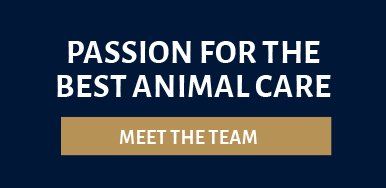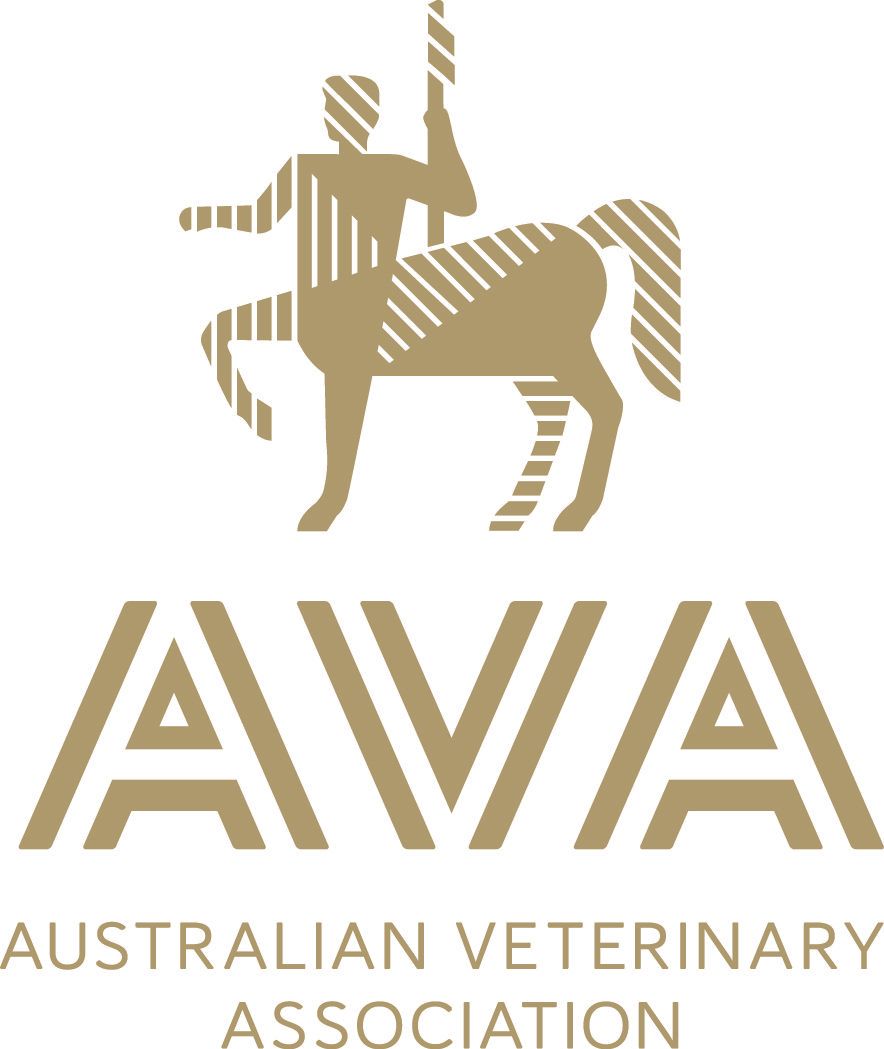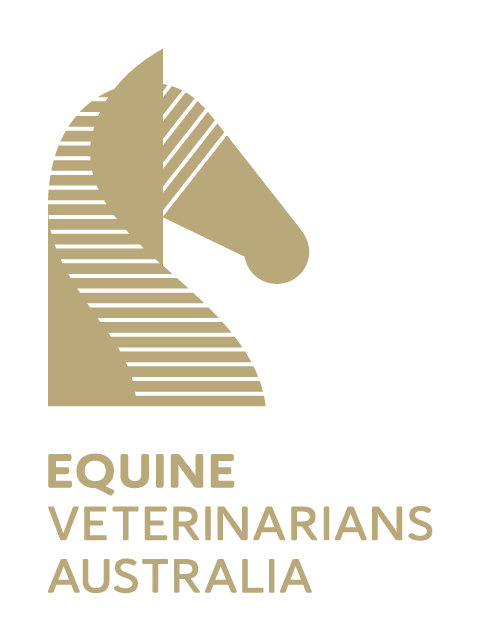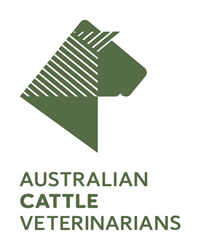GENERAL HEALTH CARE FOR CATTLE
It’s important to carefully manage the health of your herd, whether your livestock are your pets or your livelihood.
Our team of livestock specialists at the Warwick Vet Clinic have put together these cattle care tips to keep your cattle in the best condition.
VACCINATIONS FOR CATTLE
There are a number of vaccines for cattle on the market. You will need to develop a vaccine plan that incorporates what you need for your herd.
There are three types of vaccine, which are used differently. Live vaccines give long immunity with one dose, while inactivated vaccines need a booster dose to maintain immunity. Anti-toxins give immediate short-term immunity.
Commonly used vaccines for cattle
-
Tick fever
Tick fever is one of the most common causes of loss in Queensland. There are three types of tick fever and vaccines are produced to protect cattle against all three. Tick fever vaccination should be used routinely with weaners, introduced stock or in non-affected cattle when an outbreak has occurred.
-
Clostridial diseases
This includes blackleg, malignant oedema, black disease, tetanus and enterotoxaemia. These are usually fatal diseases in unvaccinated stock. A `5 in 1' vaccine is commonly used but monovalent and bivalent vaccines are also available.
-
Botulism
A clostridial disease mostly associated with chewing bones and carrion in phosphate-deficient country, responsible for significant losses. For full protection, annual booster doses are required.
-
Leptospirosis
Causes abortions, stillborn or weak calves, death in young calves and mastitis in dairy cows. Occurs in wetter areas with feral pig populations.
-
Campylobacteriosis (Vibriosis)
Causes infertility and abortions. Vaccination may leave persistent lumps at site.
-
Ephemeral Fever
A viral disease transmitted by flying insects. It occurs in epidemics in the warmer months of the year.
-
Pestivirus
A viral disease which can cause early embryonic death, calf losses, diarrhea and abortion.
-
Piliguard
A vaccine against the bacterium which causes blight in cattle of any age.
WORMING YOUR CATTLE
Research has shown that de-worming the herd prior to, or shortly after turn out, can increase weaning weights. Consult your veterinarian for the best vaccination and de-worming protocol for your herd.
Cattle are commonly infected with Roundworms. Peak risk periods for worm infection occur during the warm and wet conditions from spring through to autumn, which provide the right environment for larvae to survive in the pasture and infect stock. The life-cycle of most worm species slows over the cooler, drier winter period, but rainfall at any time can boost worm numbers.
Roundworm species include:
- Small intestinal worm (Cooperia spp)
- Barber’s Pole Worm (Haemonchus placei)
- Small brown stomach worm (Ostertagia ostertagia)
CATTLE TOXINS
-
Pyrolizidine Alkaloids
Pyrolizidine alkaloids, found in blue heliotrops, are a common plant toxin found in the Warwick area and cattle may be forced to feed on these toxic plants in drought condition. They exert their toxic effect in cells of the liver (lung and kidney) by inhibiting cell division. Large nonfunctioning cells develop in the liver (megalocytes) which can then inhibit the organs ability to function properly.
Mild diarrhea, abdominal straining followed by anorexia, depression, weakness and ataxia can develop after eating plants containing this compound. Jaundice and bottle jaw may develop at the end stages of this disease with mortalities likely to develop after a few weeks of exposure.
There is no known effective cure for this disease and generally the condition of the cattle continually deteriorates. Preventing access to known poisonous plants (Crotalaria spp.) is encouraged.
-
Nitrates
Nitrates in the diet of livestock (oats, corn, sorghum, barley, wheat) can be converted in the rumen to nitrite and then ammonia. Nitrite can rapidly oxidize oxyhaemoglobin (carries oxygen in the blood stream) to methaemoglobin (unable transport oxygen), and when the levels reach above 20% in the bloodstream, tissue anoxia results leading to cell death and clinical signs.
Cattle will become short of breath, they develop a dull colour in their mucous membranes and their blood will appear quite brown (chocolate coloured). They may have muscle tremors, weakness and lie down. At high methaemoglobin levels (80%) cattle usually die.
Treatment if given early can be successful. The methaemoglobin can be reversed with methylene blue given into the vein of affected cattle. A long with holding period on the milk and meat usually is required following treatment.
-
Cyanogenic Glycoside
Prussic acid or cyanide poisoning (HCN) can develop in cattle when feeding grain sorghum. Seen mainly during summer, HCN can be released in the rumen from the plant to inhibit the cellular processes which allow tissues to use oxygen properly. Tissues are starved of oxygen and die.
Acute cyanide poisoning is characterised by rapid, deep breathing, irregular weak heart rate, salivation, muscle spasms and death. The clinical signs seen early usually include the appearance of bright red coloured blood due to the high levels of oxyhaemoglobin in the circulation. The amount of cyanide found in plants can vary if the improved pasture is stressed with inclement weather.
Treatment if given early can be successful. Therapy usually requires the use of sodium nitrite to convert blood to methaemoglobin which acts as a sink for the cyanide. Cyanomethaemoglobin can then be broken down by simultaneously treating the animal with sodium thiosulphate (Hypo) orally.
-
Botulism
Botulism is a disease caused by the botulinum toxin. It is commonly seen in the phosphorus deficient areas of northern Australia; however, reports of botulism have become more frequent in parts of Queensland. Most of these outbreaks have been in intensively fed beef and dairy cattle.
Botulinum toxin is often reported as being one of the most potent toxins known to mankind, as only a small quantity is required to produce disease. The toxin binds strongly to nerve endings, preventing nerve impulses proceeding to muscles. This leads to the type of paralysis typically seen with botulism where animals go floppy or flaccid because they cannot move their muscles.
Botulism symptoms include:
- Sudden deaths (animals collapse and die in a couple of hours)
- A slowly progressive paralysis where animals may take days to die
- A wobbly gait (staggers)
- Aggressive behaviour
- Difficulty breathing
- Tongue paralysis
-
Toxins in the water
Cattle can tolerate poor water quality better than humans, but if concentrations of specific compounds found in water are high enough, cattle can be affected. Most factors affecting water quality are not fatal to cattle.Cattle may not show clinical signs of illness, but growth, lactation and reproduction may be affected, causing an economic loss to the producer.
Most common water quality problems associated with surface water are:
- Blue-green algae (cyanobacteria)
- Bacteria, viruses and parasites
- Sulphates
- Dissolved solids (TDS)
-
Toxins in feed
The usual sources of toxin in intensively fed cattle are feedstuffs contaminated with rotting animal or vegetable material. Sources of rotting material in stored feed have included:
- Dead snakes and possums in grain augers.
- Snakes and other animals in hay and silage.
- Mice when mouse plagues result in large numbers of mice dying in stored feedstuffs and in grain augers, especially at the end of a plague.
- Water may also be a source of toxin if animals that die in dams, tanks or troughs are left to decompose.
CONTACT A CLINIC
For further advice on the health care of your animals, contact the professional team at the Warwick Vet Clinic for a consultation.
CONTACT A CLINIC
We will get back to you as soon as possible.
Please try again later.
HEALTHY ANIMALS ARE HAPPY ANIMALS
The latest animal care information from our experienced veterinarians.
OUR CLINICS
WARWICK VETERINARY CLINIC
Opening Hours
Mon - Fri: 7:30am to 6:00pm
Sat: 8:30am to 12:00pm
Warwick West Vet Clinic
Opening Hours
Tuesday and Wednesday:
8:30am to 5:00pm
ALLORA VETERINARY CLINIC
Opening Hours
Monday - Friday:
8:30am to 5:00pm
CLIFTON VETERINARY CLINIC
Opening Hours
Tuesday, Wednesday and Friday:
9:00am to 4:00pm
Warwick Vet Clinic. Website by dms CREATiVE









